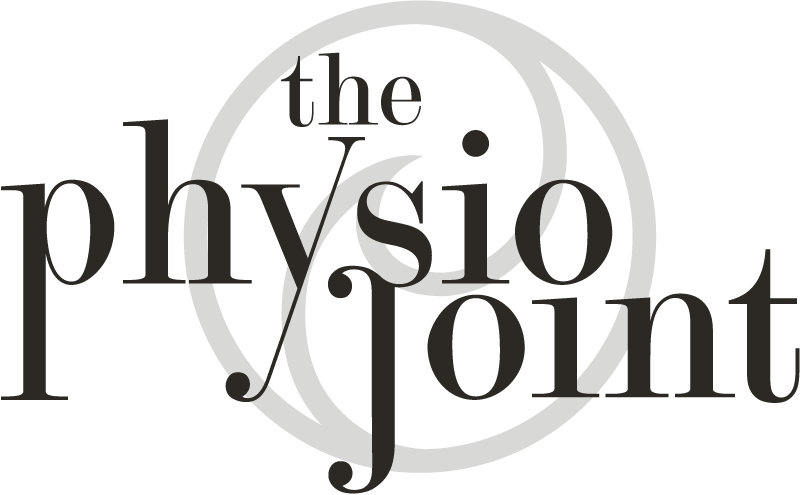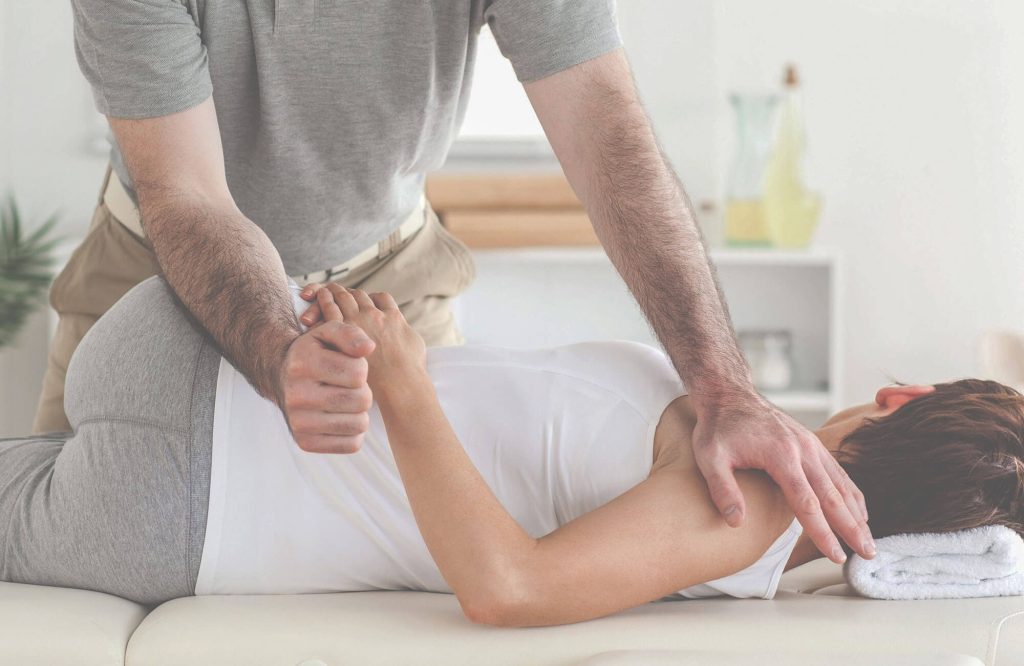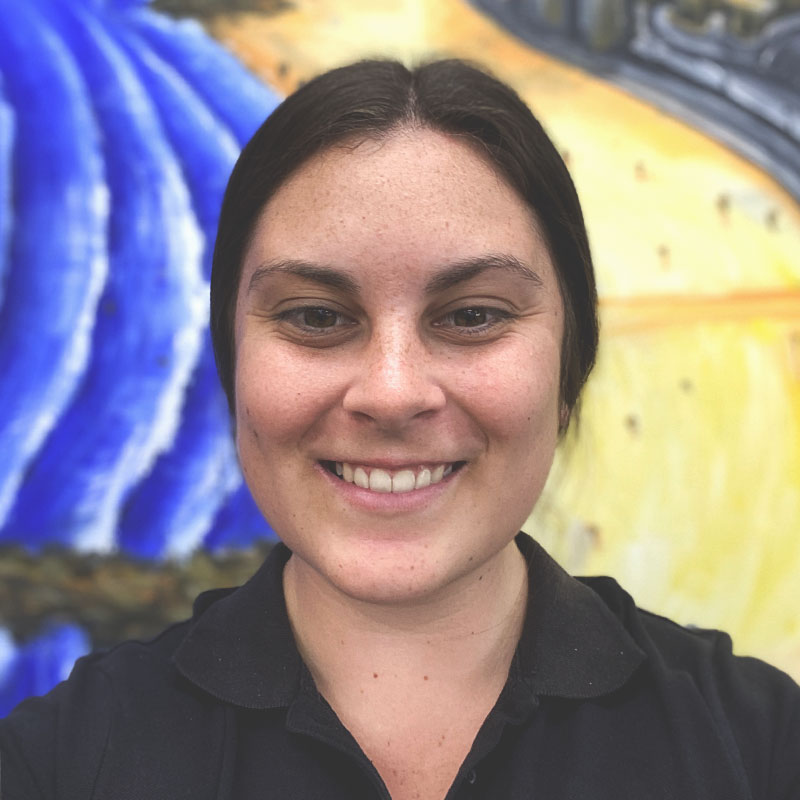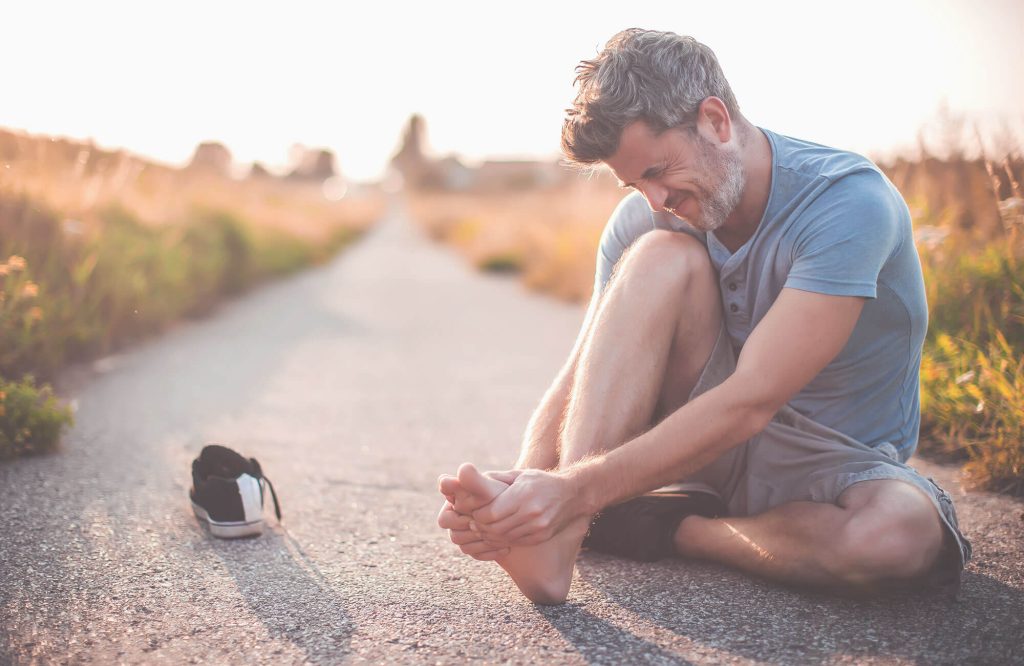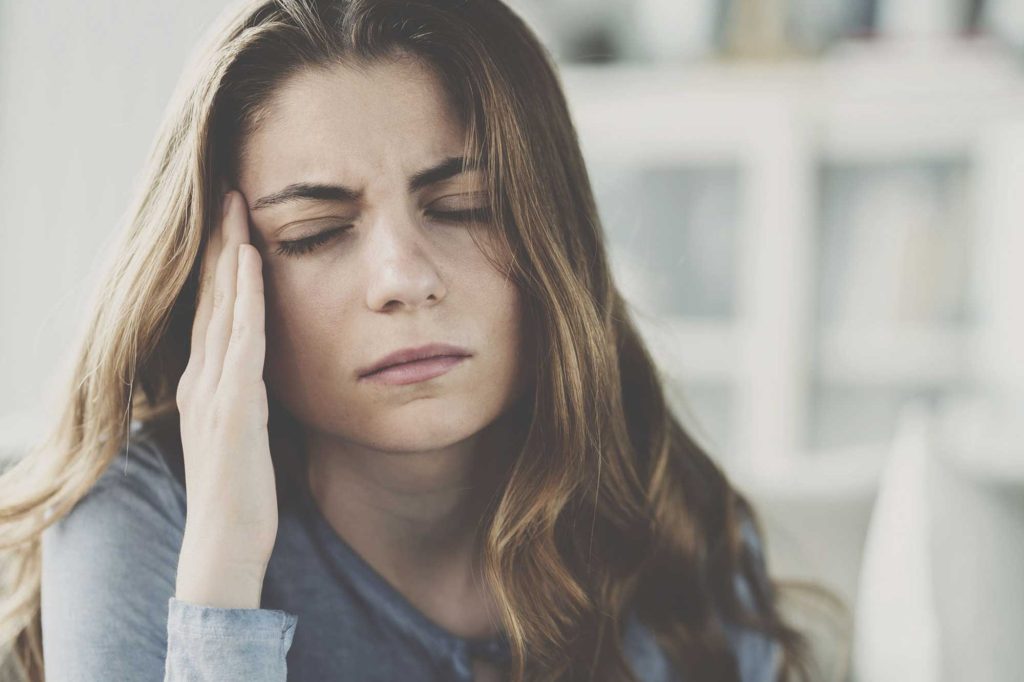The golf swing is a complex series of movements, and many golfers are limited by their physical capabilities to perform these movements.
Whether it is due to poor coordination of their body segments, lack of adequate flexibility, or lack of appropriate control and strength. Physiotherapists can identify these physical restrictions and implement an appropriate program to address these. By eliminating these physical restrictions you will improve your capability to swing the club better.
The way we posture and move ourselves on a daily basis can affect the ability for our bodies to work optimally in a golf swing. Key muscle imbalances develop when we use our bodies poorly over the years. Poor movement habits develop as we compensate for old injuries. New injuries occur as we compensate for poor postures, poor movement habits and old injuries. And all these can manifest in your golf swing.
If players have a strong left side, they tend to continue using it more and more until the right becomes a lot weaker. If your left side is excessively strong it can eventually get damaged too because it’s doing too much work. The body has to be symmetrical and plum-line. It’s a bit like baggage handlers who have to keep swapping the loads from side to side because eventually the strain on one side is too much. It’s about corrective exercises rather than generic workouts. The way forward is to get properly screened by a physiotherapist, to get a better understanding of the functions of the golf swing. Everyone has their clubs custom-fitted these days, now you can custom-fit your body as well.
Aims of physiotherapy treatment for golfers:
- Optimise performance
- Prevent injury
- Recover from existing injury
Good trunk rotation is a key part of the golf swing. In particular the thoracic spine (the section of the spine that has ribs attached) is responsible for the majority of the trunks overall movement. Restrictions here can lead to excessive strain being placed on the lower back and neck; this can shorten the length of the overall swing and reduce efficiency of the swing. Other joints may try to compensate for this lack of movement by becoming more mobile.
The lower back is one of the most common injury sites in golfers. The golf swing ends with extension of the lower back. Good control and strength of the abdominal muscles is required to prevent hypertension of the lower back which can cause disk and facet joint injuries.
Good rotation of the hips, in particular good internal rotation of the lead hip, is important in a good follow through of the swing. Restriction in this area will lead to extra strains and stresses being place on the lower back and on the lead knee making them vulnerable to injury.
The golfer needs good neck rotation and stability to enable good eye-to-ball contact, during the golf swing. Restrictions within individual joints will disturb the overall movement of the neck.
Some golfers find it difficult to avoid hunching the back during their stance phase. This slumped movement prevents full rotation of the spine during both the back and forward swing. With the appropriate cues the golfer is able to learn how to hold the spine in a neutral forward/backward position and increase the range of movement and power, and this lower the risk of injury.
Physiotherapy treatment:
A range of techniques that can be used include:
- Joint manipulation
- Soft tissue manipulation/massage
- Trigger point release
- Progressive stretching
- Exercise prescription – strength, stretching, balance, proprioception (sense of position and movement), functional control, and core stability
